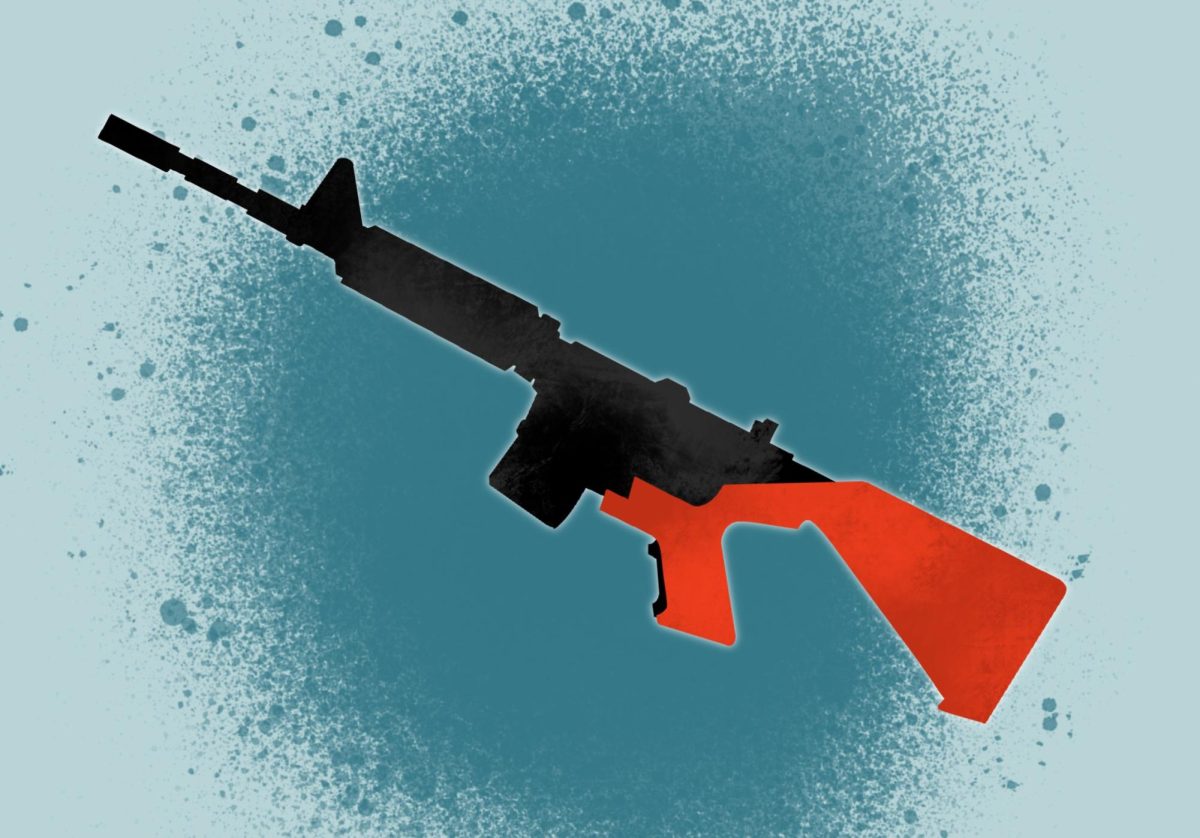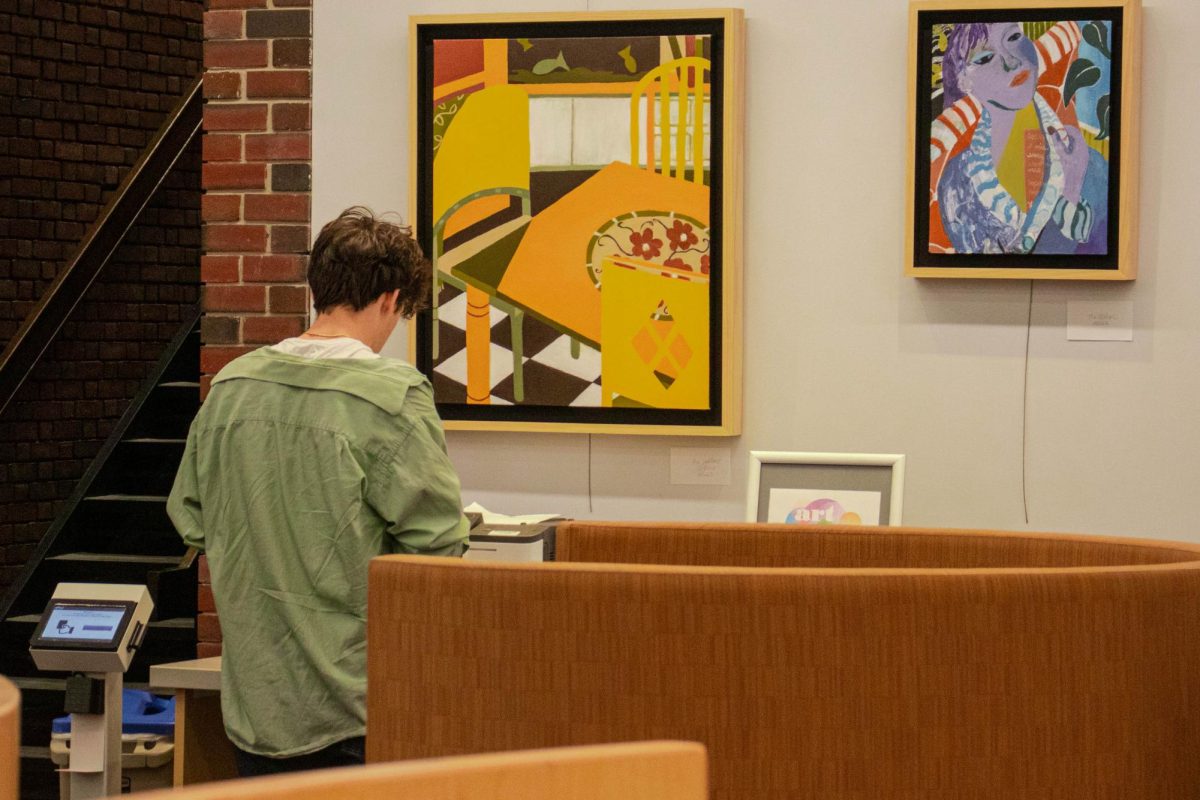A University of Minnesota project combines robotics, simulated hugs and AI conversations in hopes of an eventual day-to-day stress tracking technology.
In a paper to be submitted by May 3 for the International Symposium on Wearable Computers, College of Design researchers detail a compression vest that can be used to relieve stress. A University of Minnesota Grand Challenges Initiative looks to combine three devices: a compression vest, a biometric-gathering bracelet and an at-home AI assistant into a stress management plan.
With the “Smart Hugs” technology, a person would speak to the AI in the morning about stressors they anticipate, and again in the evening to check in about stressful events. The bracelet would track the indicators of a stressor and the vest would alleviate stress via the simulation of a hug.
“Some people may have a physiological reaction that is consistent with a stress response, but they may not perceive it as stressful. Maybe [they’re] so used to that,” said Serguei Pakhomov, a professor in the Department of Pharmaceutical Care and Health Systems. “This is just kind of a starting project that puts together different technologies and different expertise.”
The team anticipates a wide variety of applications and is involving researchers from multiple disciplines. Some noted uses include assisting the elderly with remembering appointments or circumventing nicotine addiction through stress relief.
“Putting all the pieces together is one of the major innovations of this project, and each piece in itself is valuable,” said Maria Gini, a professor in the College of Computer Science and Engineering. “Because even if the entire system maybe is not used by too many people, the components will become very useful.”
The vest works through shape-memory alloys, which contract to compress the vest’s torso, upper arms and shoulders to simulate a hug. It is still unknown why the physiological mechanism of compression is comforting to humans.
“Right now, we can basically create a squeeze anywhere on the body for any magnitude that we might want for any duration that we might want. And we don’t know what’s best, because there isn’t a prescription or a scientific basis as far as what is optimal,” said Brad Holschuh, co-director of the University’s Wearable Technology Lab.
The direct impacts of the vest are not intended to be medical. The compression primarily has emotional benefits that could change a person’s reaction to stressful situations.
“So the idea here is that the system will automatically monitor what’s going on with them with their daily lives and their physiology and apply interventions as necessary,” Pakhomov said.
The latest prototype of the compression vest has just been completed while human trials for the biometric-gathering bracelet will be completed May 2. The AI component of the research is still in early stages, but the team is looking to answer how “human” people will want this system to be.
“Do people even want these systems to have a more natural conversational style?” said computer science Ph.D. candidate Libby Ferland. “We’re trying to get some sense of how people’s reactions to different types of personalization varies.”














